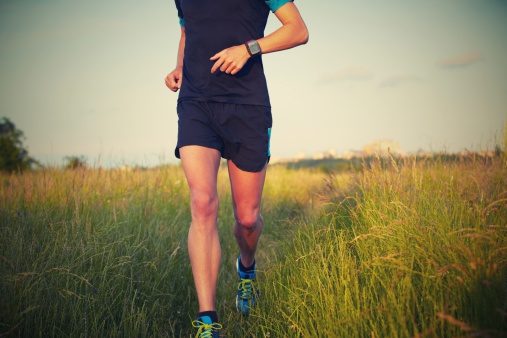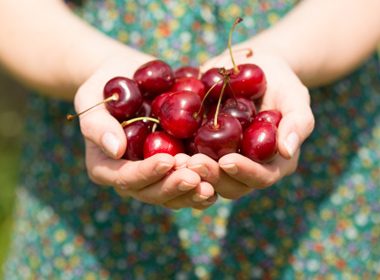
Zoltan Rona, MD
Runner’s knee, sometimes referred to as patellofemoral pain syndrome, is a loose term associated with pain behind and around the knee, particularly where the thigh bone and the kneecap meet. It can be caused by overuse, trauma, weak thigh muscles, misalignment of the joints or foot problems. Once the knee is strained, kneeling, running or squatting can trigger pain.
After getting X-rays and an MRI, rest your knee, use ice packs, compress it with elastic bandages, elevate it on a pillow, do stretching and muscle-strengthening exercises at least once a day and consider using foot orthotics.
Non-steroidal anti-inflammatory drugs are often recommended to treat runner’s knee, but these can cause serious and sometimes fatal damage to the stomach over the long term. A safe and effective alternative is to use such supplements as curcumin, Boswellia and methylsulfonylmethane. Omega-3 from fish oil and vitamin D supplements will calm the inflammation. Physiotherapy and massage can also help.
Dr. Zoltan Rona (@drzoltanrona) practises complementary medicine in Toronto, edits The Encyclopedia of Natural Healing and is the author of the bestseller Return to the Joy of Health.

Julie Daniluk, Nutritionist
First off, ensure you’re not eating foods you’re allergic or sensitive to, as gut inflammation can cause swelling and pain in your joints. Allergies trigger mast cells to release histamine, causing the redness and swelling that accompany knee pain. Common allergens include wheat, dairy and peanuts. Focus on flax, chia and hemp seeds, and wild salmon or smaller cold-water fish such as herring, sardines and mackerel, as these are your best choices for high-powered, anti-inflammatory foods and can help speed up recovery.
Tart cherries may reduce joint pain, thanks to pigments called anthocyanins, which have been shown to lessen pain by reducing inflammatory markers in the blood. Kale and Swiss chard are natural anti-inflammatory foods containing vitamin K, which has, in studies on mice, lowered the chemicals the body releases when it’s inflamed. Ginger root can beat pain by inhibiting the effects of arachidonic acid, which is the fatty acid that’s responsible for triggering the inflammation you’re experiencing.
Toronto-based certified nutritionist Julie Daniluk (@JulieDaniluk) co-hosts the reality cooking show Healthy Gourmet on the Oprah Winfrey Network and is the author of Meals That Heal Inflammation.

Amanda Vogel, Fitness Instructor
Runner’s knee can occur for a number of reasons, but one culprit might be this double whammy: tight, weak quadriceps (the group of muscles in the front of your thighs) and tight hamstrings (the opposing muscle group to the quads, found in the back of your thighs). This injury can occur when your kneecap tracks out of its normal alignment, causing irritation on its underside. Avoid ramping up your running mileage or frequency too quickly, and scale back if you feel pain. Make sure your shoes are the best fit for your foot type-staff at a running store can help. Do strengthening exercises for your quads on both legs, like ball squats-place a stability ball between your lower back and a wall as you squat-or step-ups on a low, sturdy bench. Loosen up leg muscles with stretching and a foam roller.
Amanda Vogel (@amandavogel), MA human kinetics, is a Vancouver-based certified fitness instruct-or and author of numerous books, including Baby Boot Camp: The New Mom’s 9-Minute Fitness Solution.